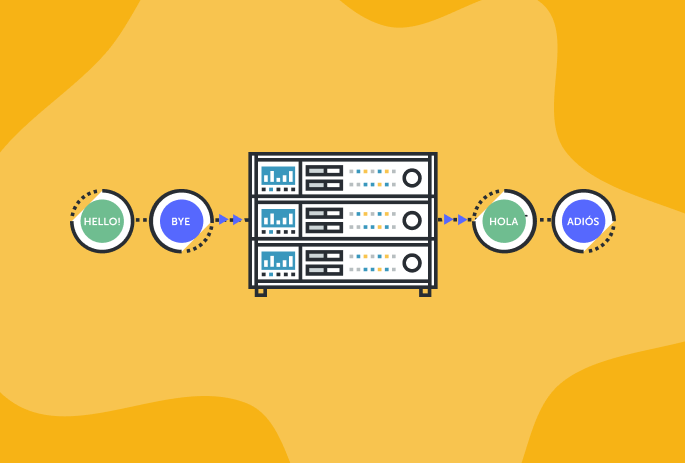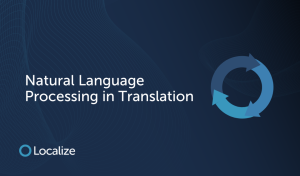It’s a matter of debate whether artificial intelligence (AI) will eventually replace human labor. For all multinational businesses, translation has become a key tool for communication and growth.
Companies have two options to choose from when translating their content: machine translation or old-school human translation. Today, machine translation has come a long way. Due to cheap costs and instant results, it’s often preferred over human translation. But is this a good thing?
Some people believe that AI translation will eventually be on par with human translation. Does that mean we can do away with a fool-proof translation by a trained linguist? Let’s find out!
Benefits of Machine vs. Human Translation:
Read on to see how these two translation methods compare in a few important areas:
1. Translation Speed:
Human Translation Is Slower Than Machine Translation
No one can argue that machine translation is the fastest way to translate your content. The latest machine translation engines (MTEs) can translate an entire novel in less than two minutes.
Depending on the type of translation project you have, this speed can be a business benefit. Let’s say you are constrained by your budget and you’re just beginning to expand into overseas markets. Machine translation promises a quicker turnaround and may prove to be more cost-effective for you. All you have to do is run a document through a program like Google Translate.
Human translation, on the other hand, is complex and requires time and investment. And, for some projects, human translation may not even be necessary. Machine translation is most suitable when you need a quick one-off translation where accuracy is not of high importance.
2. Cultural References:
Machine Translation Does Not Understand Cultural Connotations
Machines can’t pick up on cultural connotations or references as well as professional human translators. In contrast, a human trained in the required language can delve deeper into the content and make informed decisions. They can also identify the appropriate tone and employ idioms that resonate with the audience.
Human translators can prevent mistranslation disasters by setting the right tone and avoiding cultural mistakes. Human translation is the right choice for you if you need high-quality content designed to build an emotional connection with your target customers.
3. Translation Context:
Machine Translation Does Not Understand Context
Context is key to translation. Machine translation software often struggles with polysemy, the capacity for a word or phrase to have multiple meanings. AI tools may fail to consider different contexts of the same word (like running a meeting or running a marathon).
While a human translator would be quick to correlate the word to its context, a machine may only give you an awkward translation. Machine translations often miss these nuances, and the content fails to engage the target audience.
4. Trends and Timeliness:
Human Translation Is Up to Date
It takes time to add new slang and idioms to machine translation databases, so you may find that some AI translations sound a bit dated. In contrast, local translators are aware of the latest buzzwords and catchphrases in the target culture and society. Today, tapping into current trends is essential for businesses that want to appeal to potential customers.
Machine vs. Human Translation: Conclusion

Even though machine translation technology has advanced in the past few years, it’s still got a long way to go. Machine translation inevitably requires a final review. An AI-translated piece must be proofread for potential errors. Most businesses simply cannot afford to publish grammatically incorrect and culturally disconnected content.
That’s why we recommend Localize translation management software (TMS). With Localize, you get the best of both worlds: free machine translations paired with qualified human translators and editors. We offer integrations with professional language service providers (LSPs) and translators like Gengo and Textmasters. To learn more, contact us today!







